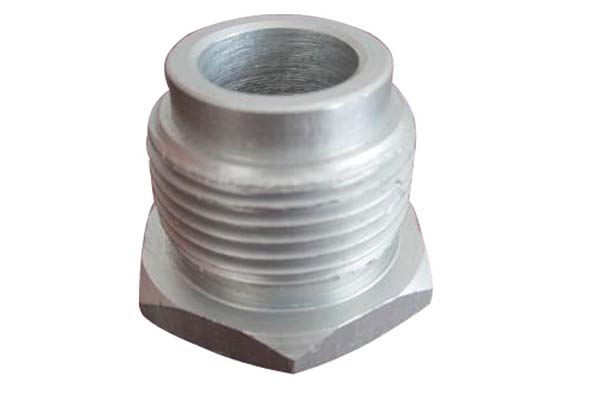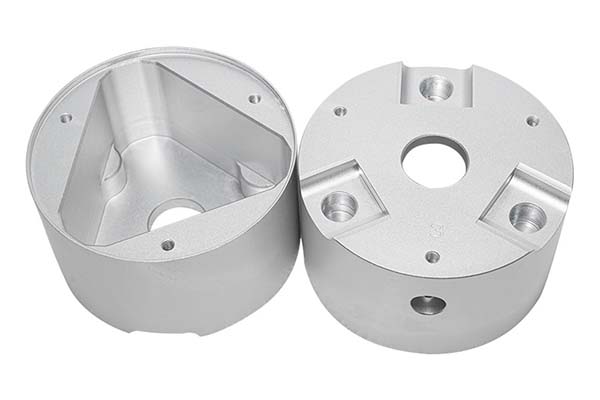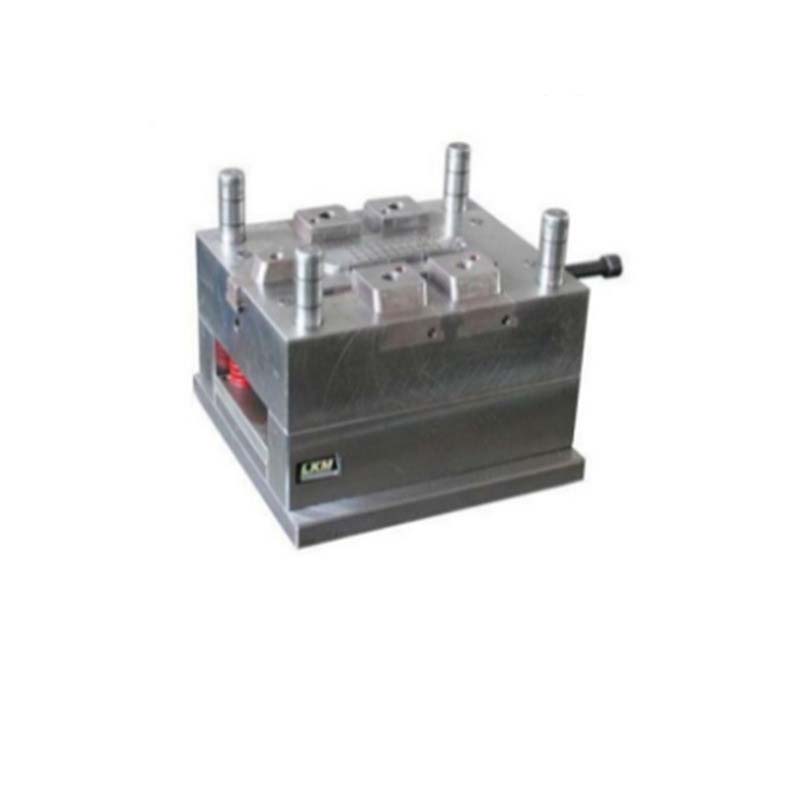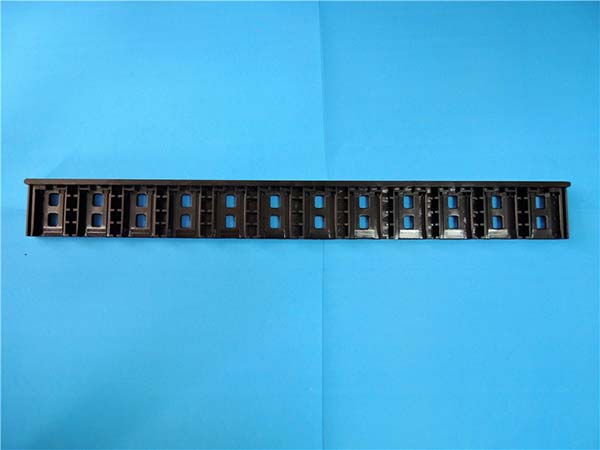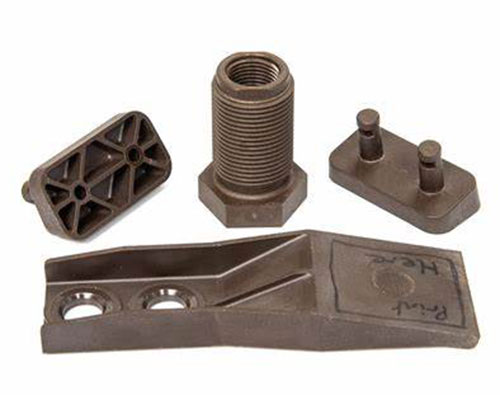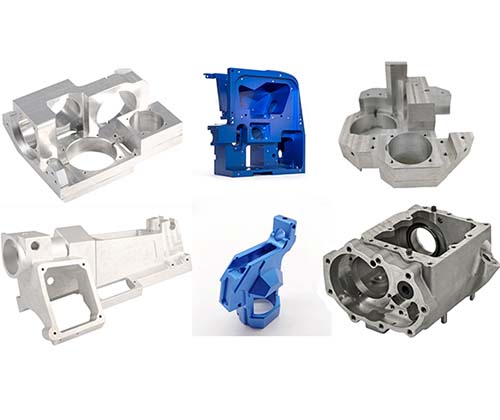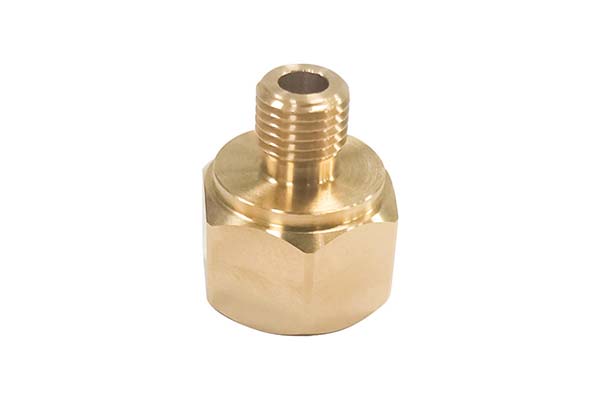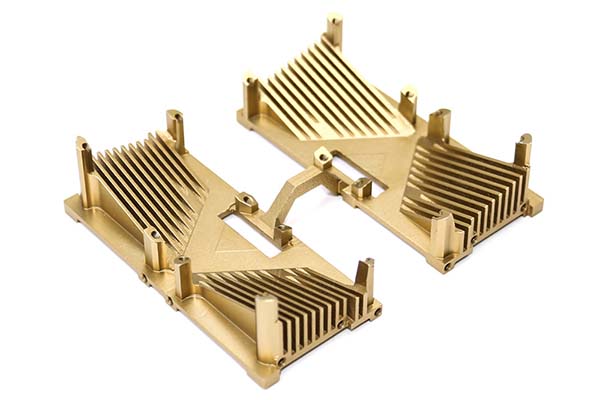Introduction
Magnesium Alloy ZK60A has gained traction in industries demanding lightweight yet strong materials, but machining it comes with unique challenges. Manufacturers often struggle with balancing its high strength and formability during CNC processes, while also addressing corrosion concerns and ensuring precise dimensional control. This article dives into ZK60A’s material properties, optimal machining techniques, and key applications, equipping you with solutions to overcome these hurdles and leverage the alloy’s full capabilities.
Material Properties of Magnesium Alloy ZK60A
Lightweight and High Strength-to-Weight Ratio
Magnesium Alloy ZK60A stands out for its lightweight nature, with a density of approximately 1.83 g/cm³—significantly lower than aluminum (2.7 g/cm³) and steel (7.8 g/cm³). What truly sets it apart is its high strength-to-weight ratio, making it ideal for weight-critical applications. Its tensile strength ranges from 310 to 350 MPa, and yield strength reaches 240 to 280 MPa, outperforming many other magnesium alloys like AZ31B. This combination of low weight and high strength makes it a top choice for structural components where performance and efficiency are paramount.
Mechanical Properties
ZK60A boasts impressive mechanical properties. It offers an elongation of 6-10%, allowing for moderate deformation during manufacturing processes such as bending or forming. Its hardness measures around 60-70 HB on the Brinell scale, providing good wear resistance. Additionally, ZK60A exhibits excellent fatigue resistance, enduring repeated stress cycles without failure—critical for dynamic applications like automotive and aerospace components. These properties make it versatile for both static and high-load scenarios.
Corrosion Resistance and Microstructure
While corrosion resistance in ZK60A is better than some magnesium alloys, it still requires protection in harsh environments. Its microstructure features a fine-grained magnesium matrix with zinc and zirconium phases, which enhance strength through precipitation hardening. The grain size is typically 5-10 μm, contributing to its mechanical performance. The phase composition includes Mg-Zn intermetallics that strengthen the alloy but can also influence corrosion behavior, making surface treatments like coating or anodizing essential for long-term durability.
Thermal and Electrical Conductivity
ZK60A has a thermal conductivity of about 120 W/(m·K), suitable for heat dissipation in electronic components. Its electrical conductivity is moderate, enabling use in non-critical electrical applications. These properties, combined with its lightweight design, make it valuable in devices where thermal management and weight reduction are key.
Casting Properties and Formability
ZK60A offers good casting properties, allowing for complex shapes to be produced with precision. Its formability is notable, especially when heated, making it suitable for processes like forging and rolling. This versatility in manufacturing expands its application range, from intricate cast parts to formed structural components.
CNC Machining Process for Magnesium Alloy ZK60A
Tool Selection and Cutting Tools
Choosing the right cutting tools is critical for efficient CNC machining of ZK60A. Carbide tools with sharp edges and positive rake angles are preferred, as they minimize tool wear and reduce cutting forces. Coated carbide tools (e.g., TiAlN) further enhance performance by reducing friction and heat. High-speed steel tools can be used for low-speed operations but wear faster, making carbide the better long-term choice for maintaining precision and productivity.
Machining Parameters
High-speed machining is effective for ZK60A, with spindle speeds ranging from 8000 to 18000 rpm, depending on tool size and operation. A feed rate of 0.15-0.35 mm/rev balances material removal and surface quality, while a depth of cut of 1-3 mm for roughing and 0.1-0.5 mm for finishing optimizes material removal rate without excessive heat generation. These parameters ensure efficient machining while preserving dimensional accuracy.
Coolant, Lubrication, and Heat Management
Proper coolant and lubrication are vital to control heat and prevent fire risks. Water-based coolants with fire-retardant additives are recommended to flood the cutting zone, dissipate heat, and flush chips. Lubricants reduce friction, improving surface finish and tool life. Effective heat management also involves ensuring good ventilation to prevent heat buildup, as excessive temperatures can distort the workpiece and compromise dimensional accuracy.
Tool Path and Machining Strategy
Optimizing tool path and machining strategy is key to precision. Climb milling reduces tool wear and improves surface finish, while a layered approach (roughing → semi-finishing → finishing) ensures tight tolerances (often ±0.01 mm). Avoiding abrupt tool movements minimizes chatter, preserving surface integrity. For complex parts, 3D machining strategies with continuous tool contact enhance efficiency and accuracy.
Surface Finish and Chip Formation
ZK60A can achieve a surface finish of Ra 1.2-2.5 μm with proper parameters, suitable for most precision applications. Chip formation is typically continuous, so tools with chip breakers and adequate coolant flow are essential to prevent chip entanglement and fire hazards. Controlling chip size ensures safe and efficient machining.
Applications of Magnesium Alloy ZK60A
Automotive and Aerospace Industries
In the automotive industry, ZK60A is used for engine components, transmission components, and wheel hubs, reducing vehicle weight by 10-15% compared to aluminum parts. This improves fuel efficiency and reduces emissions. In the aerospace industry, it manufactures aircraft components like seat frames and structural brackets, lowering aircraft weight and increasing payload capacity. Its high strength-to-weight ratio and fatigue resistance make it ideal for these high-stakes applications.
Electronics and Medical Devices
ZK60A is valued in the electronics industry for electronic enclosures and heat sinks, where its lightweight design and thermal conductivity excel. In medical devices, it is used for medical implants and surgical tools, thanks to its biocompatibility (with proper coatings) and strength. Its precision machining capabilities ensure a perfect fit in intricate medical equipment.
Sporting Goods and Precision Engineering
In sporting goods, ZK60A makes frames for bicycles, golf clubs, and racing gear, offering strength without added weight. In precision engineering, it is used for lightweight structures and high-precision parts, where dimensional accuracy and stability are critical. Surface treatments like anodizing or coating enhance its corrosion resistance, expanding its use in outdoor and harsh environments.
Yigu Technology's Perspective
At Yigu Technology, we specialize in CNC machining Magnesium Alloy ZK60A. Our expertise in tool selection, parameter optimization, and heat management ensures high-quality parts with tight tolerances. We offer tailored surface treatments to boost corrosion resistance, meeting the demands of automotive, aerospace, and medical industries. Our focus on safety and precision makes us a trusted partner for ZK60A component manufacturing.
FAQ
- How does ZK60A compare to AZ31B in terms of strength?
- ZK60A has higher tensile and yield strengths than AZ31B, making it better suited for high-load applications, though it has slightly lower elongation.
- What surface treatments are best for ZK60A’s corrosion resistance?
- Anodizing and protective coatings (e.g., epoxy) are effective, forming a barrier against moisture and chemicals to enhance durability.
- Can ZK60A be used for medical implants?
- Yes, with biocompatible coatings, ZK60A is suitable for medical implants due to its strength, lightweight, and machinability.
